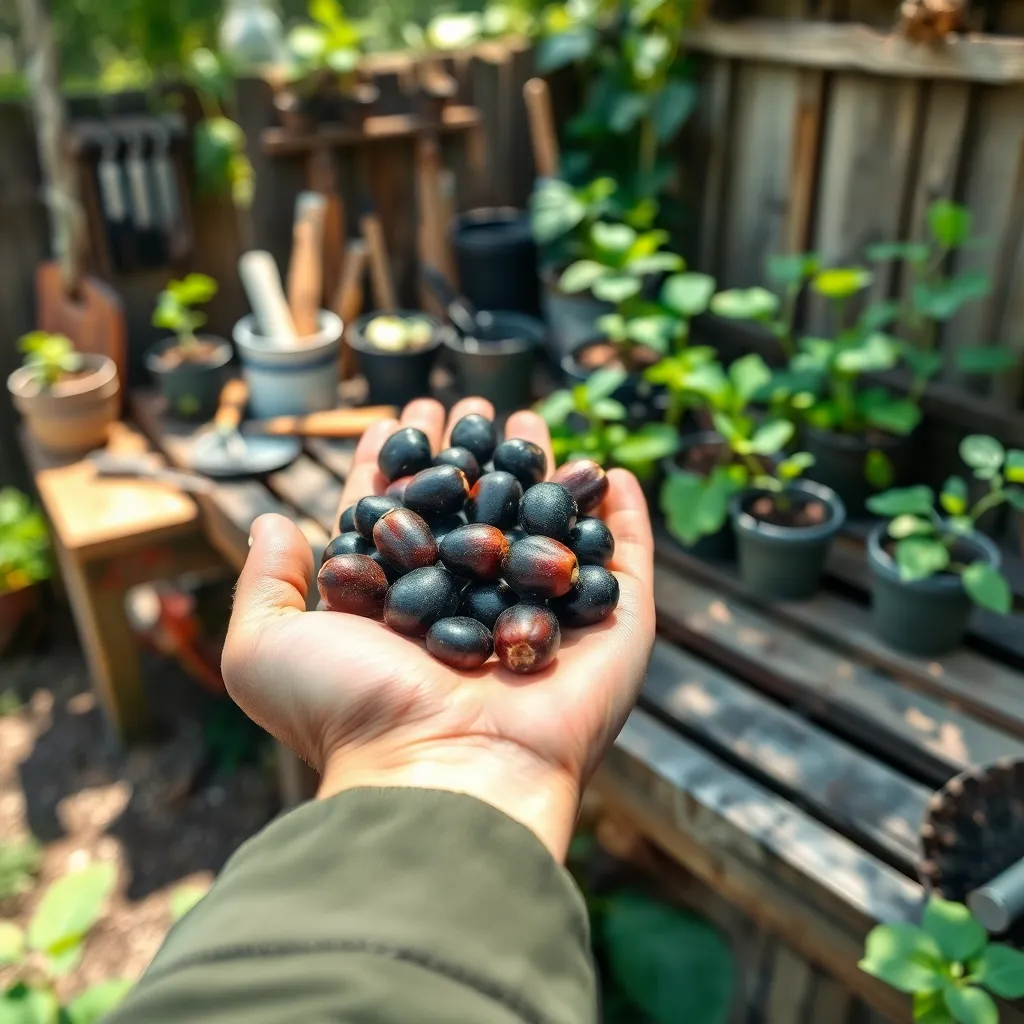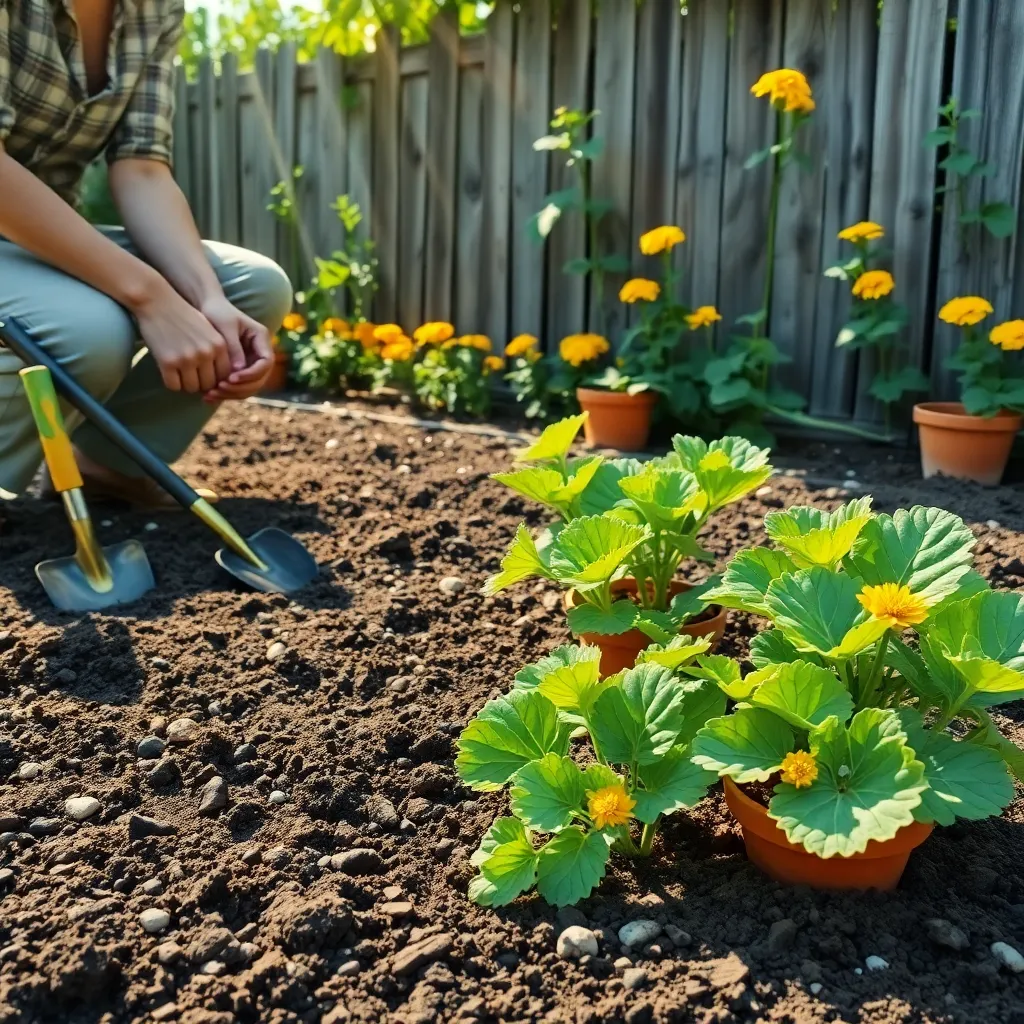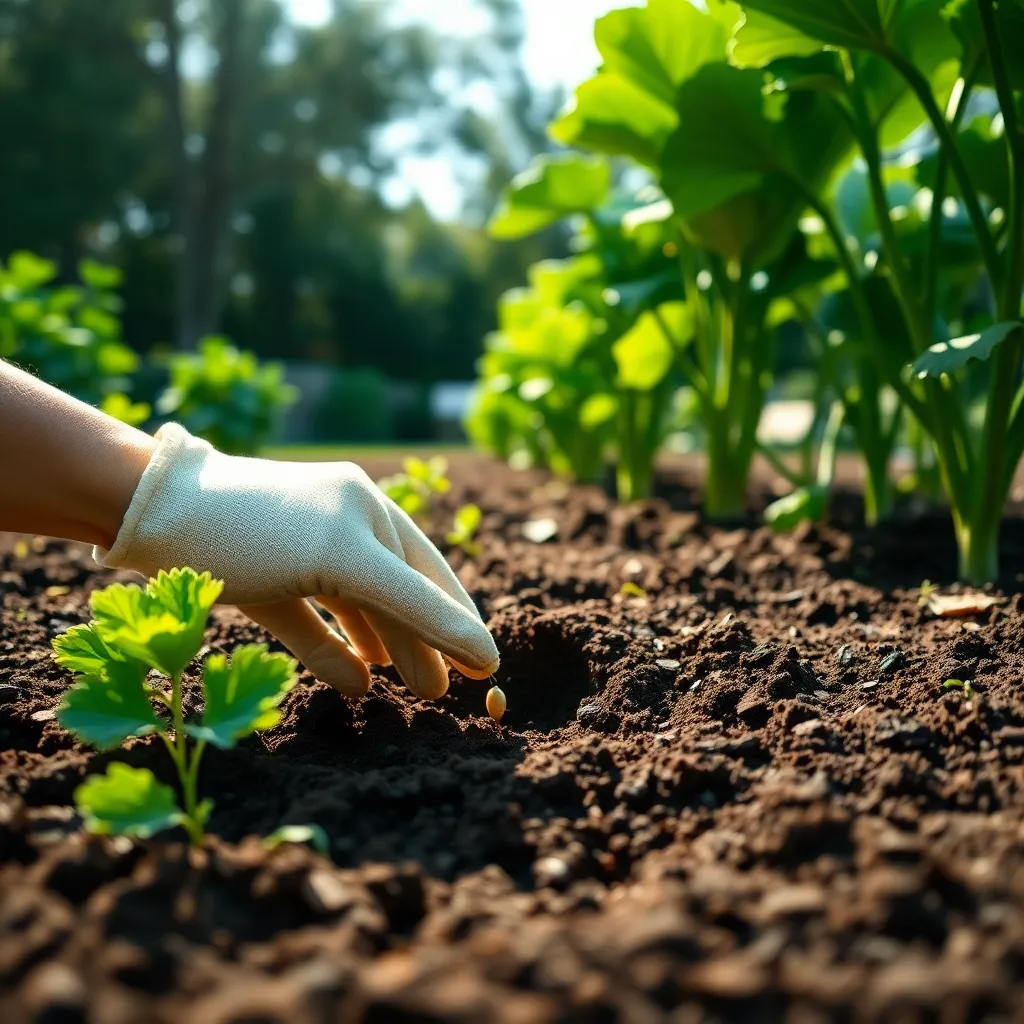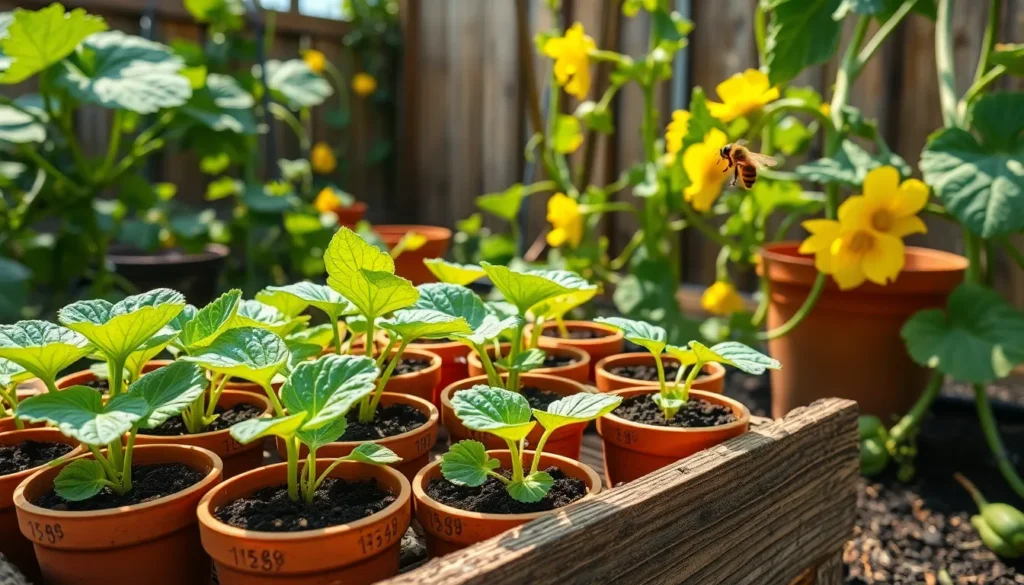Growing zucchini from seeds is like opening the door to a bountiful garden harvest, offering both a rewarding challenge for the seasoned gardener and an exciting adventure for the novice. Zucchini, with its rapid growth and generous yield, stands as a staple in many home gardens, promising not just delicious meals but also a sense of accomplishment that comes from nurturing a plant from seed to table.
For those new to gardening, starting zucchini from seeds can seem like embarking on an intricate dance with nature, one that is both fulfilling and instructive. Meanwhile, experienced gardeners will appreciate the nuances of optimizing conditions for this versatile squash, exploring new techniques to enhance growth and yield.
In this article, you will learn how to select the right seeds, prepare your soil, and create the ideal conditions for your zucchini plants to thrive. Whether you’re looking to cultivate a few plants on your balcony or fill a corner of your garden with these prolific producers, the tips and insights shared here will equip you with the knowledge to succeed.
Select Quality Zucchini Seeds

When selecting zucchini seeds, choose varieties that are well-suited to your climate and growing season. It’s important to look for seeds that are labeled as disease-resistant to common zucchini issues like powdery mildew.
Opt for seeds from reputable suppliers to ensure high germination rates. Read reviews and check for any guarantees offered by the seed company to maximize your chances of success.
Consider heirloom varieties if you want to save seeds from your harvest for future planting. These varieties are open-pollinated and tend to produce seeds that will grow true to type.
For gardeners with limited space, look for bush-type zucchini varieties that are compact but still prolific. This type of zucchini is ideal for container gardening or small garden plots.
Prepare Well-Drained Soil

After selecting quality zucchini seeds, focus on preparing well-drained soil to ensure healthy plant growth. Zucchini thrives in soil that allows water to drain quickly, preventing root rot and other diseases.
Begin by selecting a spot in your garden that receives at least six to eight hours of sunlight daily. It’s crucial to choose a location with good air circulation to help the plants dry quickly after rain or watering.
Enhance the soil’s drainage by mixing in organic matter such as compost or well-rotted manure. This not only improves drainage but also provides essential nutrients that zucchini plants need to flourish.
For those dealing with clay soils, consider amending with sand or perlite to further improve aeration and drainage. Constructing raised beds can also be an effective solution, especially in areas prone to heavy rainfall.
Test your soil’s pH to ensure it’s within the ideal range of 6.0 to 7.5 for zucchini. If adjustments are needed, use lime to raise pH or sulfur to lower it, creating a more hospitable environment for your plants.
Finally, while preparing the soil, incorporate a balanced fertilizer to provide a nutrient-rich foundation. This proactive approach supports strong, vigorous growth, setting the stage for a bountiful zucchini harvest.
Plant Seeds at Correct Depth

When planting zucchini seeds, it’s crucial to place them at the correct depth to ensure optimal growth. Generally, zucchini seeds should be planted about 1 inch deep into the soil. This depth allows the seeds to stay moist and encourages quicker germination. Use your finger or a small stick to make a hole of the appropriate depth, then gently place the seed inside and cover it with soil.
Maintaining the correct planting depth helps the seedlings to emerge robustly, reducing the risk of weak stems. Inconsistent depths can lead to uneven growth, with some seedlings struggling to break through the surface. To ensure consistency, consider using a planting guide or marker, especially if you’re new to gardening. This small investment in time at the start will pay off with a more uniform and healthy crop.
Beyond depth, it’s important to space the seeds adequately to prevent overcrowding. Zucchini plants need room to spread, so plant seeds 2 to 3 feet apart in all directions. This spacing ensures that each seedling receives enough sunlight and air circulation as it matures. If space is limited, consider planting in large containers with similar depth and spacing to accommodate their growth requirements.
Finally, keep the soil consistently moist after planting to promote germination. Water gently to avoid washing away the soil covering the seeds, and consider using a misting nozzle for more even distribution. Once seedlings emerge, transitioning to a deeper watering schedule will encourage strong root development. Proper hydration, along with correct planting depth, sets a solid foundation for your zucchini plants to thrive.
Water Consistently and Carefully

Watering is a crucial step in growing healthy zucchini plants, and doing it right will ensure robust growth. It’s important to water your zucchini seedlings consistently, providing about 1 to 2 inches of water per week, either from rainfall or irrigation.
To ensure even moisture distribution, use a soaker hose or drip irrigation system, which delivers water directly to the soil. This method helps keep the foliage dry, reducing the risk of fungal diseases, which can be a common issue with zucchini plants.
Always water your zucchini in the morning when possible. This allows the leaves to dry throughout the day, minimizing the risk of mold and mildew, which thrive in damp conditions.
For gardeners with more experience, consider mulching around your zucchini plants with straw or shredded leaves. This will help retain soil moisture and keep the roots cool, providing your plants with an optimal growing environment.
Monitor Growth and Manage Pests

Regularly monitoring your zucchini plants is crucial for ensuring vigorous growth and a bountiful harvest. Keep an eye on the overall health of the plants by checking for any signs of stress, such as yellowing leaves or stunted growth, which could indicate nutrient deficiencies or other issues.
To foster robust growth, consider using a balanced fertilizer every three to four weeks, especially during the growing season. This will provide essential nutrients like nitrogen, phosphorus, and potassium, which are vital for healthy plant development.
In addition to nutrient management, keeping an eye out for pests is essential in maintaining healthy zucchini plants. Common pests like squash bugs and cucumber beetles can be managed with organic solutions such as neem oil or insecticidal soap.
For a more targeted approach, manually removing pests in the early morning or evening can significantly reduce their population. Another effective strategy is introducing beneficial insects, such as ladybugs, to naturally control pest levels.
If you’re dealing with a severe infestation, consider using row covers to physically block pests from accessing your plants. This technique can be particularly effective in the early stages of growth, helping to protect tender seedlings from damage.
Conclusion: Growing Success with These Plants
As we journey through the vibrant garden of relationships, nurturing them with care can yield a bountiful harvest. In “How to Grow Zucchini from Seeds,” we explored five key concepts essential for cultivating thriving connections: sowing the seeds of communication, nurturing growth through patience, creating a fertile environment of trust, embracing the unexpected with adaptability, and celebrating the fruits of shared experiences. These principles, much like the steps in growing zucchini, are fundamental to fostering a relationship that flourishes.
Take a moment today to engage in open communication with your loved one, planting the seed for deeper understanding. This small step can lead to immense growth. Remember, relationships need consistent care and attention to thrive.
We encourage you to bookmark this article as a handy reference for nurturing your relationships, ensuring you have these vital tips at your fingertips. Together, let’s cultivate a future where your relationships not only survive but thrive, growing stronger with each season. Embrace this opportunity to sow seeds of love and understanding, knowing that a thriving relationship garden awaits.







